Drug discovery is being transformed by advances in computational protein structure prediction and protein design.
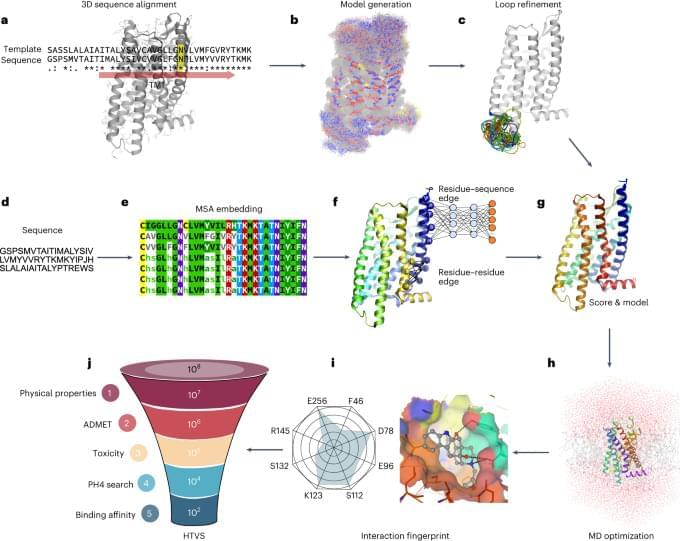

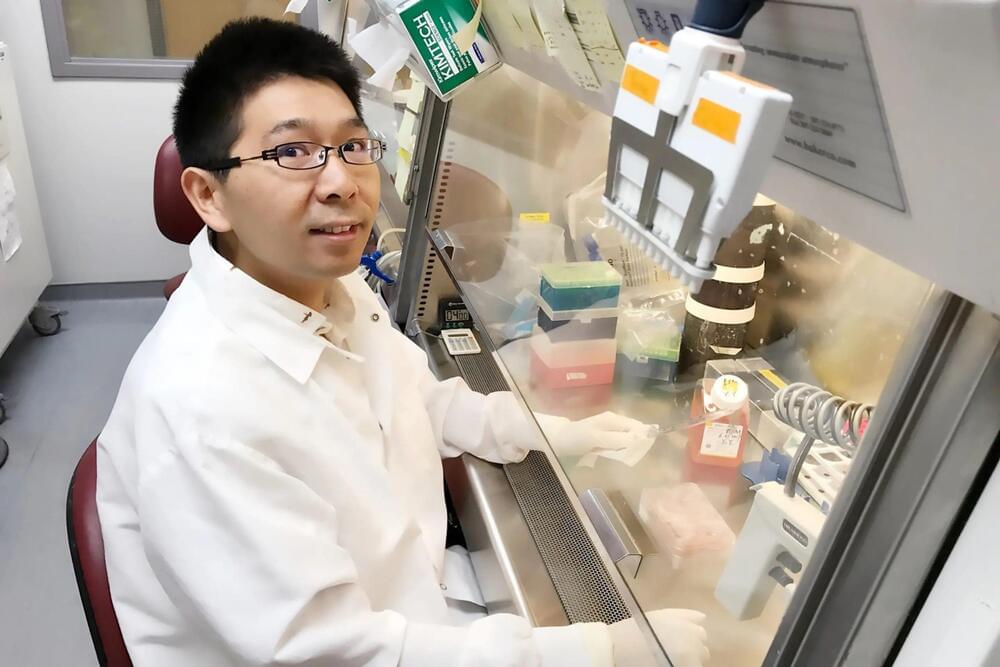
Researchers from the University of Wisconsin-Madison (UW-Madison) have developed a novel approach for 3D printing functional human brain tissue.
The 3D printing process can create active neural networks in and between tissues that grow in a matter of weeks.
The researchers believe that their 3D bioprinted brain tissue provides an effective tool for modeling brain network activity under physiological and pathological conditions, and can also serve as a platform for drug testing.
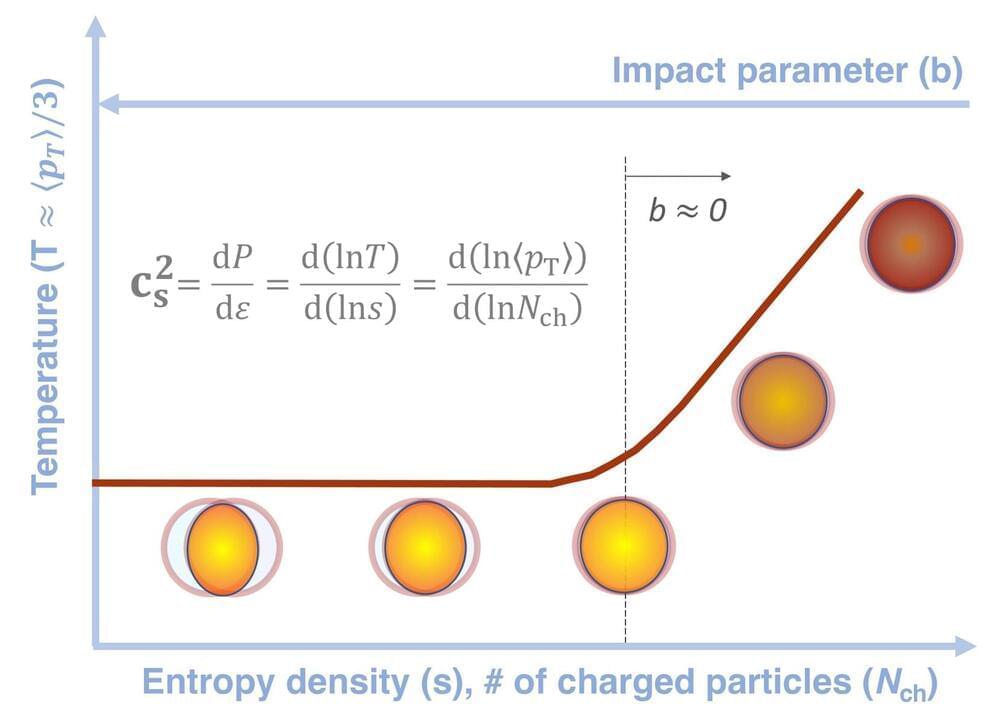
Neutron stars in the universe, ultracold atomic gases in the laboratory, and the quark–gluon plasma created in collisions of atomic nuclei at the Large Hadron Collider (LHC): they may seem totally unrelated but, surprisingly enough, they have something in common. They are all a fluid-like state of matter made up of strongly interacting particles. Insights into the properties and behavior of any of these almost-perfect liquids may be key to understanding nature across scales that are orders of magnitude apart.
In a new paper, the CMS collaboration reports the most precise measurement to date of the speed at which sound travels in the quark–gluon plasma, offering new insights into this extremely hot state of matter.
Sound is a longitudinal wave that travels through a medium, producing compressions and rarefactions of matter in the same direction as its movement. The speed of sound depends on the medium’s properties, such as its density and viscosity. It can, therefore, be used as a probe of the medium.
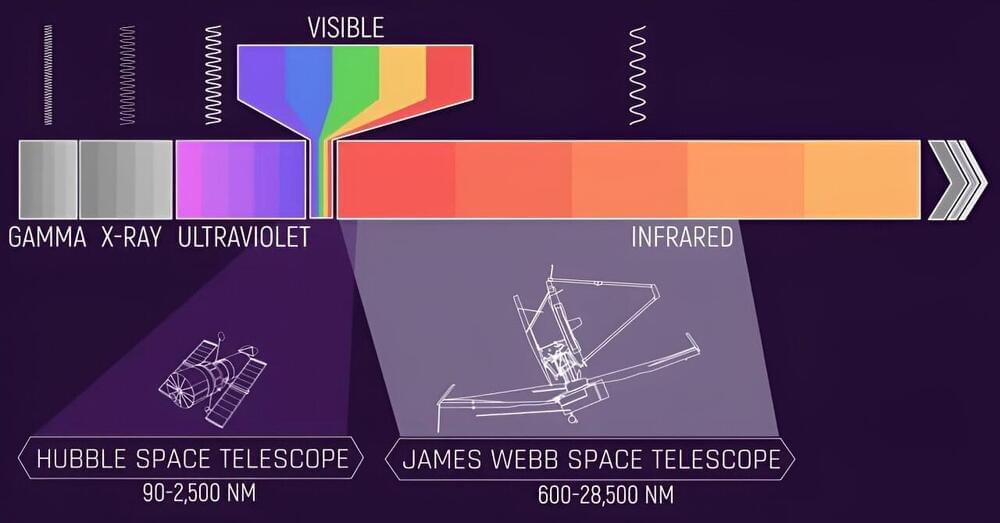
Ever since the James Webb Space Telescope (JWST) captured its first glimpse of the early universe, astronomers have been surprised by the presence of what appear to be more “ultramassive” galaxies than expected. Based on the most widely accepted cosmological model, they should not have been able to evolve until much later in the history of the universe, spurring claims that the model needs to be changed.
This would upend decades of established science.
“The development of objects in the universe is hierarchical. You start small and get bigger and bigger,” said Julian Muñoz, an assistant professor of astronomy at The University of Texas at Austin and co-author of a recent paper published in Physical Review Letters that tests changes to the cosmological model. The study concludes that revising the standard cosmological model is not necessary. However, astronomers may have to revisit what they understand about how the first galaxies formed and evolved.

Transposable elements are mobile genetic elements that can relocate within the genome and disrupt the normal function of genes, but are at the same time a source of evolutionary diversity. The lab of Tugce Aktas at the Max Planck Institute for Molecular Genetics has identified a novel pathway that keeps the activity of transposons in somatic cells in check after they have been transcribed.
Their findings have now been published in Nature. The work is a collaboration with the labs of Zachary D. Smith at the Yale Stem Cell Center, U.S., and Franz-Josef Müller from the Universitätsklinikum Schleswig-Holstein, Germany.
Over the course of evolution, the genomes of many organisms have become cluttered with ancient genetic remnants from evolution or parts of retroviruses that inserted their genetic code millions of years ago. Nearly half of the human genome consists of these transposable elements, or transposons.

HONG KONG — Organizers of the Hugo Awards, one of the most prominent literary awards in science fiction, excluded multiple authors from shortlists last year over concerns their work or public comments could be offensive to China, leaked emails show.
Questions had been raised as to why writers including Neil Gaiman, R.F. Kuang, Xiran Jay Zhao and Paul Weimer had been deemed ineligible as finalists despite earning enough votes according to information published last month by awards organizers. Emails released this week revealed that they were concerned about how some authors might be perceived in China, where the Hugo Awards were held last year for the first time.
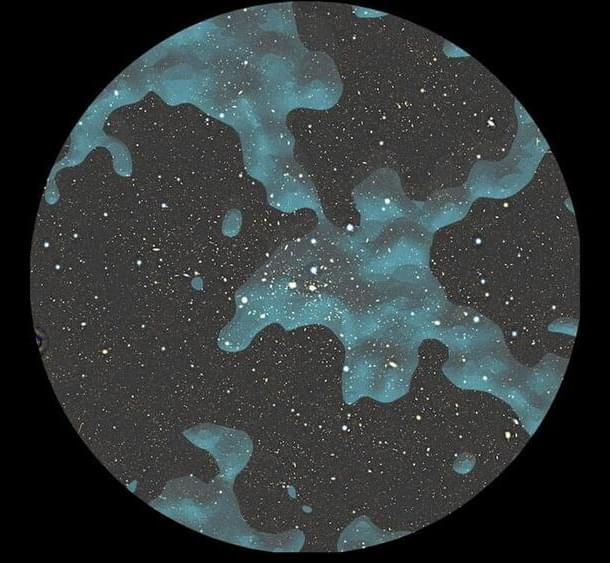
Last year, the Keck Cosmic Web Imager, also atop Maunakea, caught the first direct light emanating from wispy web filaments that cross one another and stretch across the darkest corners of space. These are filaments that sit isolated between galaxies, in the largest and most hidden portions of the cosmic web.
“Seeing” the location of dark matter around these cosmic web strands is a completely different story, however.
That’s because, despite making up an estimated 85% of all the matter in the universe, dark matter is invisible because it doesn’t interact with light like everyday matter that comprises stars and dust does.

For a quiet, dusty lump of a planet we see today, Mars has had a surprisingly violent history, one that could reveal some clues about Earth’s own past.
A new survey of the Martian surface suggests that in its younger years, the red planet was littered with volcanoes that might resemble the rumblings of our little blue dot before it formed tectonic plates some 3 billion years ago.
Planetary scientist Joseph Michalski of the University of Hong Kong and colleagues cataloged the scars of volcanic activity in the planet’s Eridania region in the southern hemisphere, using remote sensing data from multiple orbiters.
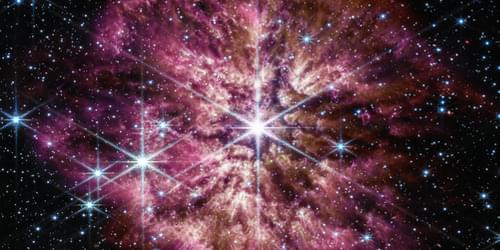
Adding what seems like too many protons to a nucleus can increase one measure of its stability.
Understanding the causes of nuclear instability is essential for studies of the astrophysical processes that create new elements. The key determinant of a nucleus’s stability is the ratio of the number of neutrons to the number of protons it contains. For many heavy nuclei, if this ratio is far from 1.5, the nucleus is unstable. But even a nucleus with a ratio well below 1.5 (a “proton-rich” nucleus) can gain stability from another effect—having a “magic” number of protons or neutrons. Now researchers have shown that such stability can increase for a proton-rich nucleus as more protons are added in [1]. The results support the idea of an “island of stability”—potentially stable nuclei having combinations of proton and neutron numbers much different from those that are known.
According to experiments on proton-rich nuclei that contain around 126 neutrons, a magic number, the magic-number-induced stability fades as more protons are added. That’s because the higher proton number eventually renders the nucleus unstable. To see if the same behavior occurs for nuclei that contain around 82 neutrons, another magic number, Huabin Yang of the Chinese Academy of Sciences and his colleagues studied osmium-160. This nucleus contains 84 neutrons and 76 protons, more protons than any other 84-neutron nucleus.
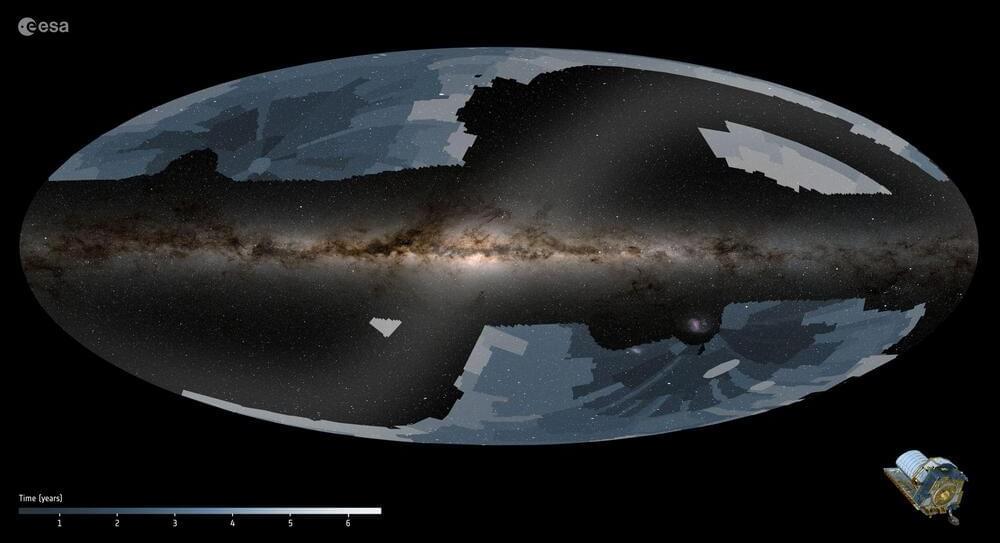
ESA’s Euclid mission was launched in July 2023 and has already sent home test images showing that its instruments are ready to go. Now, the space telescope begins mapping huge swaths of the sky, focusing on an area for 70 minutes at a time. Throughout its 6-year mission, it will complete 40,000 of these ‘pointings’, eventually observing 1.5 billion galaxies in the sky. Astronomers will use this map to measure how dark matter and dark energy have changed over time.